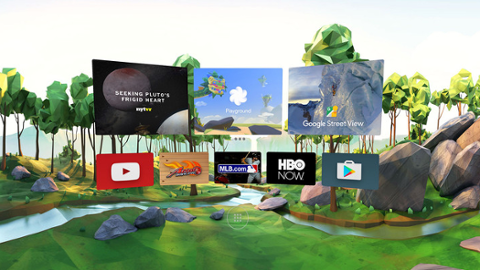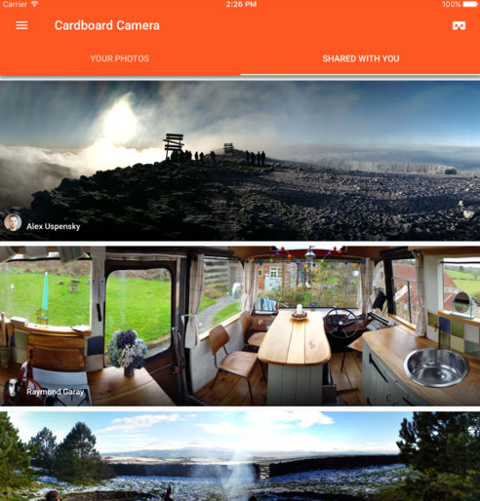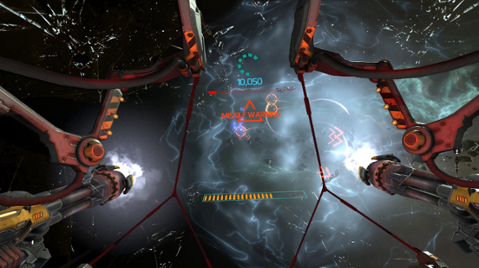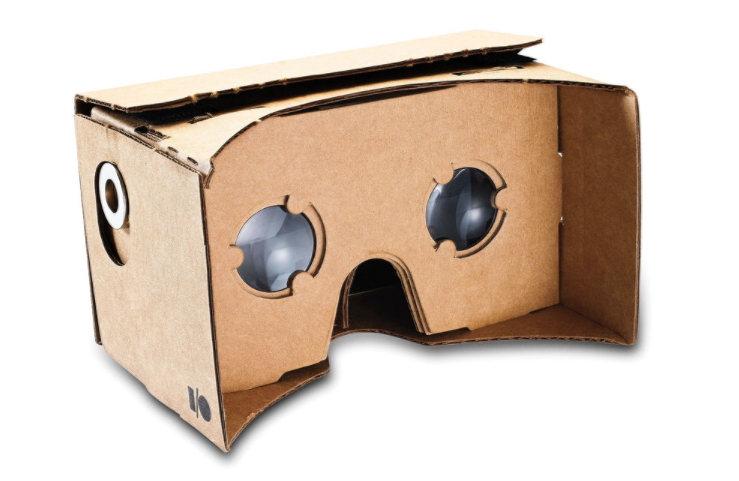
While the Oculus Rift, HTC Vive, and Sony PlayStation VR battle to dominate the upper tier of the nascent virtual-reality market, Google has quietly tried to win the rest of it.
According to Amit Singh, Google’s Vice President of Business & Operations for AR & VR, the company has shipped 10 million units of Google Cardboard, a dead-simple bit of VR technology that
began its existence as a lark. That’s in addition to 160 million downloads of Cardboard apps on Google Play, the company’s app store. Unlike other VR platforms, which can cost hundreds of dollars (in addition to hundreds or even thousands of dollars for a PC capable of running the software), you can pretty easily find a Cardboard for free—or even build your own from scratch,
provided you follow these instructions:
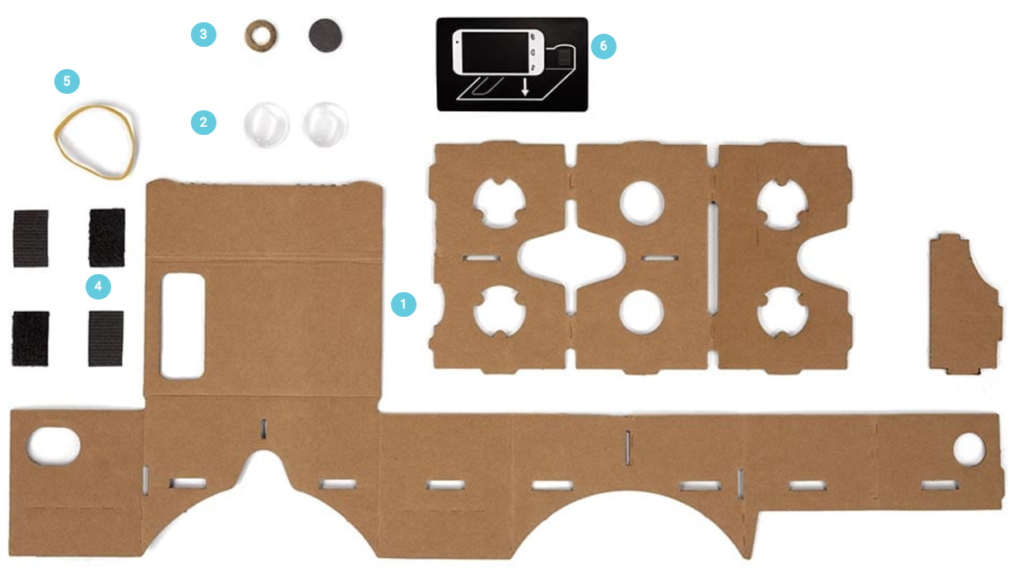
Google is leveraging the pervasiveness of Cardboard into other, relatively cheap VR platforms. The next step up that evolutionary ladder, Daydream, operates in a similar fashion to Cardboard: your smartphone, slotted into the Daydream headset, doubles as your VR screen. But the Daydream headset is made of fabric, as opposed to cardboard, and it comes with a one-handed controller that allows the wearer to play games and interact in a more immersive way with media. Google also wants to divorce the VR experience from a headset. Its Tango technology allows smartphones to display a virtual environment that moves and shifts along with the user. In addition to VR, Tango can load augmented reality (AR) experiences; hold up your phone and tablet in order to see virtual characters imposed on your real-life surroundings. Google’s VR playbook seems similar to the one it used with much success in the mobile-device arena: give things away for cheap (or free), then sit back as adoption spikes. Making Google Android an open-source platform ensured that virtually every smartphone carrier and manufacturer not named Apple would adopt it. (Strategy Analytics placed Android’s share of the smartphone OS market
at 88 percent in the third quarter of 2016.) Following a similar game plan with Cardboard has allowed Google to rack up some impressive adoption numbers for VR. That sort of ubiquity might help VR (and AR, to a certain extent) break out of its relatively niche market. For those interested in building for Cardboard or Daydream,
Google offers a handy SDK for the Unity game-development platform, complete with controller support, spatialized audio, and more.

 While the Oculus Rift, HTC Vive, and Sony PlayStation VR battle to dominate the upper tier of the nascent virtual-reality market, Google has quietly tried to win the rest of it. According to Amit Singh, Google’s Vice President of Business & Operations for AR & VR, the company has shipped 10 million units of Google Cardboard, a dead-simple bit of VR technology that began its existence as a lark. That’s in addition to 160 million downloads of Cardboard apps on Google Play, the company’s app store. Unlike other VR platforms, which can cost hundreds of dollars (in addition to hundreds or even thousands of dollars for a PC capable of running the software), you can pretty easily find a Cardboard for free—or even build your own from scratch, provided you follow these instructions:
While the Oculus Rift, HTC Vive, and Sony PlayStation VR battle to dominate the upper tier of the nascent virtual-reality market, Google has quietly tried to win the rest of it. According to Amit Singh, Google’s Vice President of Business & Operations for AR & VR, the company has shipped 10 million units of Google Cardboard, a dead-simple bit of VR technology that began its existence as a lark. That’s in addition to 160 million downloads of Cardboard apps on Google Play, the company’s app store. Unlike other VR platforms, which can cost hundreds of dollars (in addition to hundreds or even thousands of dollars for a PC capable of running the software), you can pretty easily find a Cardboard for free—or even build your own from scratch, provided you follow these instructions:  Google is leveraging the pervasiveness of Cardboard into other, relatively cheap VR platforms. The next step up that evolutionary ladder, Daydream, operates in a similar fashion to Cardboard: your smartphone, slotted into the Daydream headset, doubles as your VR screen. But the Daydream headset is made of fabric, as opposed to cardboard, and it comes with a one-handed controller that allows the wearer to play games and interact in a more immersive way with media. Google also wants to divorce the VR experience from a headset. Its Tango technology allows smartphones to display a virtual environment that moves and shifts along with the user. In addition to VR, Tango can load augmented reality (AR) experiences; hold up your phone and tablet in order to see virtual characters imposed on your real-life surroundings. Google’s VR playbook seems similar to the one it used with much success in the mobile-device arena: give things away for cheap (or free), then sit back as adoption spikes. Making Google Android an open-source platform ensured that virtually every smartphone carrier and manufacturer not named Apple would adopt it. (Strategy Analytics placed Android’s share of the smartphone OS market at 88 percent in the third quarter of 2016.) Following a similar game plan with Cardboard has allowed Google to rack up some impressive adoption numbers for VR. That sort of ubiquity might help VR (and AR, to a certain extent) break out of its relatively niche market. For those interested in building for Cardboard or Daydream, Google offers a handy SDK for the Unity game-development platform, complete with controller support, spatialized audio, and more.
Google is leveraging the pervasiveness of Cardboard into other, relatively cheap VR platforms. The next step up that evolutionary ladder, Daydream, operates in a similar fashion to Cardboard: your smartphone, slotted into the Daydream headset, doubles as your VR screen. But the Daydream headset is made of fabric, as opposed to cardboard, and it comes with a one-handed controller that allows the wearer to play games and interact in a more immersive way with media. Google also wants to divorce the VR experience from a headset. Its Tango technology allows smartphones to display a virtual environment that moves and shifts along with the user. In addition to VR, Tango can load augmented reality (AR) experiences; hold up your phone and tablet in order to see virtual characters imposed on your real-life surroundings. Google’s VR playbook seems similar to the one it used with much success in the mobile-device arena: give things away for cheap (or free), then sit back as adoption spikes. Making Google Android an open-source platform ensured that virtually every smartphone carrier and manufacturer not named Apple would adopt it. (Strategy Analytics placed Android’s share of the smartphone OS market at 88 percent in the third quarter of 2016.) Following a similar game plan with Cardboard has allowed Google to rack up some impressive adoption numbers for VR. That sort of ubiquity might help VR (and AR, to a certain extent) break out of its relatively niche market. For those interested in building for Cardboard or Daydream, Google offers a handy SDK for the Unity game-development platform, complete with controller support, spatialized audio, and more. 